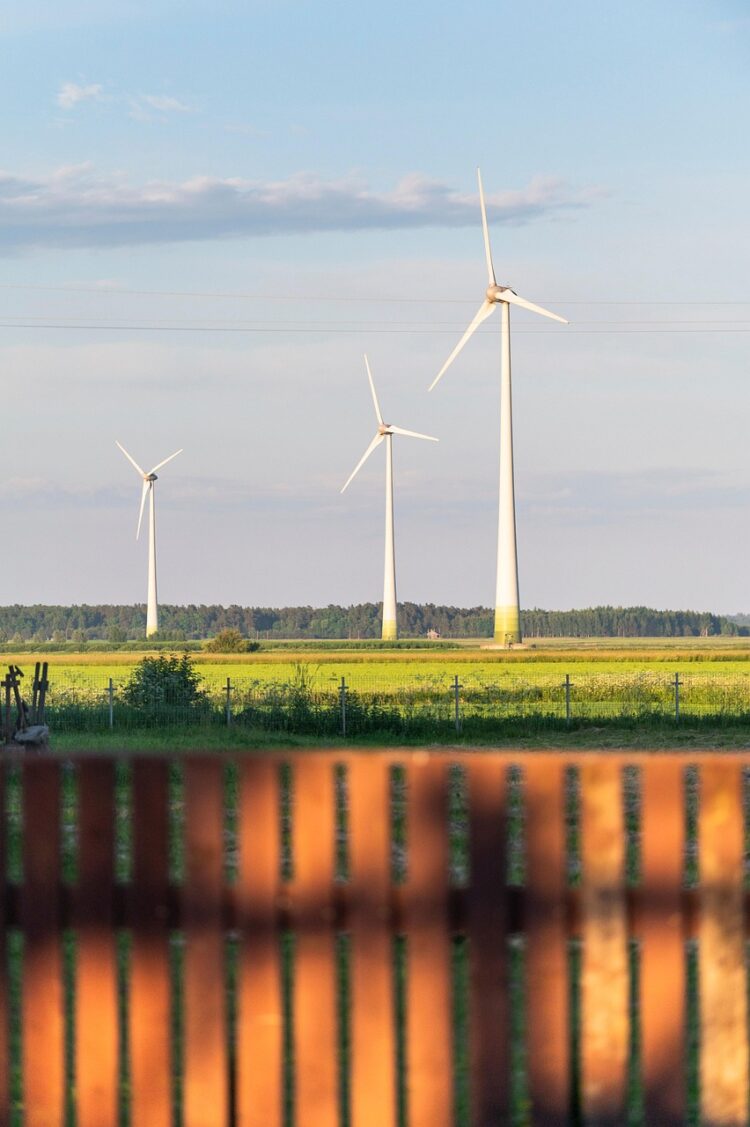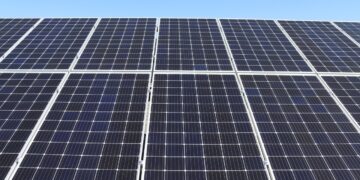Harnessing Green Power: Innovative Renewable Energy Solutions for Homeowners
With the increasing need to reduce carbon footprints and promote sustainable living, homeowners are turning to innovative renewable energy solutions. These green technologies not only help in saving the environment but also substantially reduce electricity bills. This article explores a range of cutting-edge renewable energy options and practical advice on how homeowners can integrate them into their lives.
Understanding the Basics of Renewable Energy
Renewable energy is sourced from natural processes that are continuously replenished. This includes sunlight, geothermal heat, wind, tides, water, and various forms of biomass. This energy is sustainable and thus not subject to depletion. Unlike traditional fossil fuels such as coal, oil, and natural gas, renewable energy sources produce little to no greenhouse gases or pollutants, making them a key component in combating climate change.
Solar Power Solutions
Solar energy is the most accessible form of renewable energy for homeowners. Modern photovoltaic (PV) solar panels can be installed on rooftops or in open areas around the home. Despite the initial setup cost, the return on investment is beneficial, thanks to substantial savings on electric bills and various government incentives. Innovations in solar technology, such as solar shingles and translucent solar cells, integrate seamlessly into home aesthetics while producing energy.
Installing Solar Panels
Installation of solar panels depends on your location, roof’s direction, and local climate. It’s advisable to consult with a professional installer who can provide an accurate assessment and guide through the local regulations and incentives available.
Net Metering and Battery Storage
Net metering programs allow homeowners to sell excess electricity generated by their solar panels back to the grid. Additionally, the integration of battery storage systems can store surplus energy, ensuring power availability when sunlight is scarce, thus providing energy security and independence.
Wind Energy for Residential Use
Small wind energy systems can be an excellent supplement to solar energy for residential energy needs. Depending on local wind patterns and property size, small-scale wind turbines can be an effective way to reduce energy costs further. These systems are particularly beneficial in rural or semi-rural areas where large, open spaces are available for turbine installation.
Considerations for Wind Turbines
Before installation, it is crucial to understand local zoning laws, wind resource assessment, and potential subsidies. Homeowners should also consider the noise and visual impact of the turbines, ensuring it aligns well with their personal and community standards.
Geothermal Heating and Cooling Systems
Geothermal energy uses the earth’s natural heat to provide heating and cooling solutions. By installing a geothermal heat pump system, homeowners can tap into the consistent underground temperatures to regulate their home’s temperature more efficiently than traditional HVAC systems. This not only slashes heating and cooling costs but also significantly reduces greenhouse gas emissions.
Installation and Costs
While the installation of geothermal systems can be expensive, the long-term savings are considerable. Many regions offer financial incentives that make geothermal technology a more feasible option for many homeowners.
Hydropower: An Untapped Resource?
For homes located near a flowing water source, small-scale hydropower systems can be a reliable and consistent source of electricity. These systems convert the energy of flowing water into electricity, using a turbine or a waterwheel. The key advantages are continuous generation and high efficiency, as water power can be harnessed day or night.
Feasibility and Environmental Impact
However, the feasibility of installing such a system depends heavily on local topography, water rights, and environmental regulations. Homeowners need to ensure that their hydropower installation does not adversely affect local aquatic ecosystems.
Addressing Common Questions
Which Renewable Energy Source is Best for My Home?
The choice of a renewable energy system depends mostly on your geographical location, existing infrastructure, and budget. Solar power is universally applicable, whereas wind, geothermal, or hydropower might be more site-specific but can provide greater benefits under the right conditions.
How Long Until I See a Return on Investment?
The return on investment for renewable energy technologies varies. Solar panels typically offer quicker returns owing to decreasing costs and increasing efficiency. Wind and geothermal systems have longer payback periods but can deliver significant savings over time.
Are There Sustainable Energy Incentives Available?
Many governments offer incentives for renewable energy installation, including tax rebates, grants, and loans. Contacting local government energy offices or a renewable energy consultant can provide specific details applicable to your area.
The Future of Home Energy
Renewable energy technologies continue to advance, driven by innovation and the urgent need for sustainable solutions. As these technologies become more efficient and affordable, the prospect of a home entirely powered by renewable energy becomes increasingly feasible. By investing in renewable energy, homeowners not only contribute to a more sustainable planet but also gain independence from traditional energy sources and the volatility of energy prices.
Transitioning to renewable energy is not just a choice but a pivotal step towards sustainable living. With the innovative solutions available today, homeowners are well-equipped to make this change and lead the way in green power adoption.










